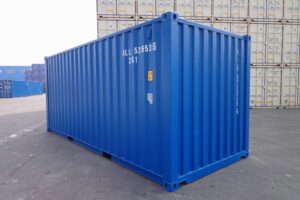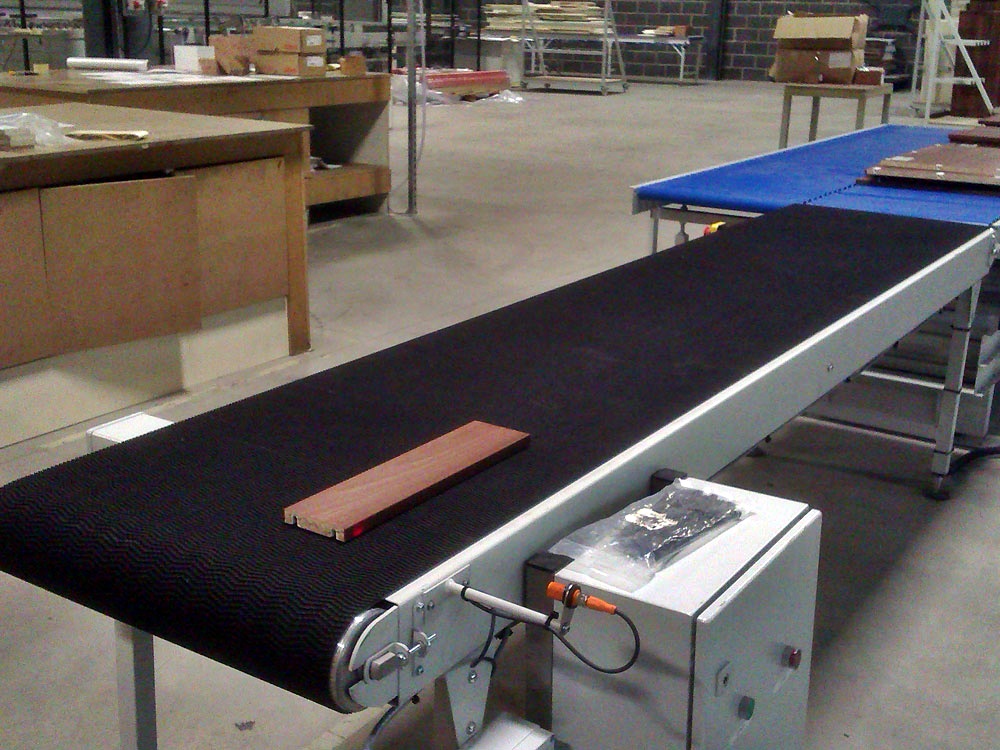The manufacturing industry is competitive, and more consumers demand low prices and faster turnaround times. This forces producers to look for more efficient ways of producing goods and streamlining their production processes. The use of modern technology can give manufacturers an edge in their production processes, making them more cost-effective and efficient.
This article discusses how technology transforms the manufacturing industry and the role conveyor belts play in the transformation process.
The State of the Manufacturing Industry
The manufacturing industry is currently facing a lot of difficulties with production efficiency. Manufacturers’ having to source raw materials and finished products from various parts of the world is leading to rising complexity in supply chains. This in turn causes disturbances and delays in manufacturing, which will have a negative effect on production.
In some cases, customers make special demands for customized products, which can potentially complicate the production process. To keep up with the industry, manufacturers must continue finding new ways to improve efficiency and save on costs.
Leveraging Modern Manufacturing Technology
Consistently adopting modern technology is one of the many ways manufacturers improve efficiency in production. There are many new technologies coming out; AI (artificial intelligence) and automation are a few examples of tools some manufacturers use to improve the production process.
Artificial intelligence can help organize data, run operations with discretion, identify bottlenecks, and more. It can also be integrated into hardware to further improve productivity and reduce human errors. Automation reduces the need for human intervention, making it possible to transfer manpower to production sectors that are lacking.
Conveyor belts in Manufacturing
Most industries right now make use of transporter belts to transport raw materials and finished goods between stages of production. Modern conveyor belts come with technology that boosts productivity and decreases downtime. For instance, some conveyor belt manufacturers build belts with sensors that can identify and fix problems like jams, misalignments, and overloads, cutting down on the need for human intervention and decreasing the possibility of production halts.
Challenges in Implementing New Technology
When trying to implement new technology, manufacturers often run into obstacles and risks. One of the biggest challenges is usually the cost. Most advanced technologies are very expensive to acquire and difficult to install, making them sometimes problematic for manufacturers to adopt.
Staff must be trained and taught how to use recently acquired advanced technology. This process can be expensive and time-consuming especially when dealing with complex technology that may require a special skill or knowledge.
Sometimes manufacturers run into compatibility issues, as new technology is not always compatible with existing systems. This may require manufacturers to change already existing systems, which will result in delays and additional costs.
It is important that manufacturers carefully evaluate their plans to implement new technology. This will help reduce uncertainties and address potential obstacles.
The Future of Manufacturing Technology
The future holds limitless possibilities, which gives manufacturing technology unlimited potential. Automation has already started coming into play in several manufacturing industries, with AI being used for tasks like assembly, quality control, and lots more. Automation can eventually take over a whole section of manufacturing.
IoT (Internet of Things) will be more common in manufacturing, with systems being used to generate data in real time. Virtual and augmented reality will become more widely adopted and used to design products and train workers.
The future of technology in manufacturing will feature increased flexibility, efficiency, and sustainability. Technology will be crucial to improving growth and expansion.
Conclusion
Technology is going to transform the manufacturing industry, reduce the cost of production, and improve efficiency. From conveyor belt manufacturers to AI annotators, more innovative tools will be created to streamline production processes. The future of manufacturing appears more promising than ever, with further improvements in store for the industry.







